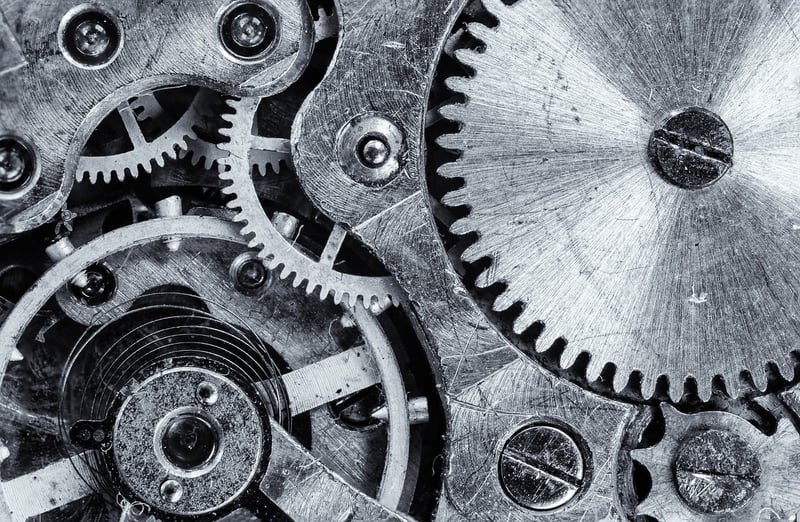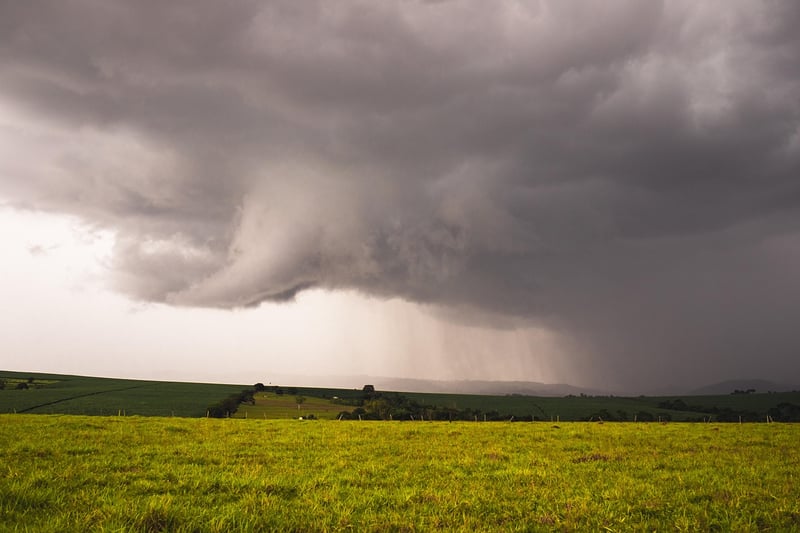Temporal Vehicles
The Evolution of Transportation: From Ancient Methods to Futuristic Temporal Vehicles
Ancient Methods of Transportation
Throughout history, humans have developed various methods of transportation to move from one place to another. Some of the ancient forms of transportation include:
- Walking: The oldest and most basic form of transportation.
- Animal-Powered: Horses, camels, and oxen were used for centuries to pull carts and carry people.
- Watercraft: Early humans used boats and canoes to navigate rivers and seas.
- Chariots: Used in ancient civilizations like Egypt and Rome for warfare and transportation.
Modern Transportation
With advancements in technology, transportation has evolved significantly. Modern methods of transportation include:
- Automobiles: Cars, buses, and motorcycles are the most common modes of transportation today.
- Trains: Railways revolutionized long-distance travel and freight transport.
- Aircraft: Airplanes and helicopters allow for fast travel across continents.
- Ships: From cargo vessels to cruise ships, maritime transportation is vital for global trade.
Future of Transportation: Temporal Vehicles
Imagine a world where transportation transcends time and space. Temporal vehicles, also known as time machines, are a concept often explored in science fiction. These hypothetical devices would allow individuals to travel backward or forward in time, changing the course of history or exploring the future.
While temporal vehicles are currently confined to the realm of imagination and theoretical physics, scientists continue to study the possibility of time travel. The concept raises fascinating questions about causality, paradoxes, and the nature of time itself.
Although we may not have temporal vehicles in our lifetime, the evolution of transportation continues to shape the way we move and connect with the world around us. From ancient methods to modern marvels, the journey of transportation reflects human innovation and the desire to explore beyond our limits.

Let us cherish the rich history of transportation while embracing the endless possibilities that the future holds for how we travel through time and space.
